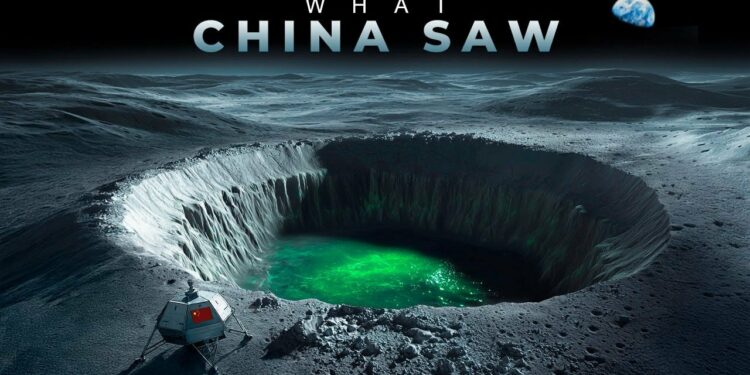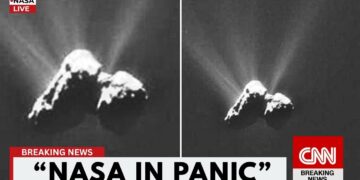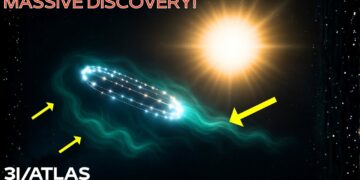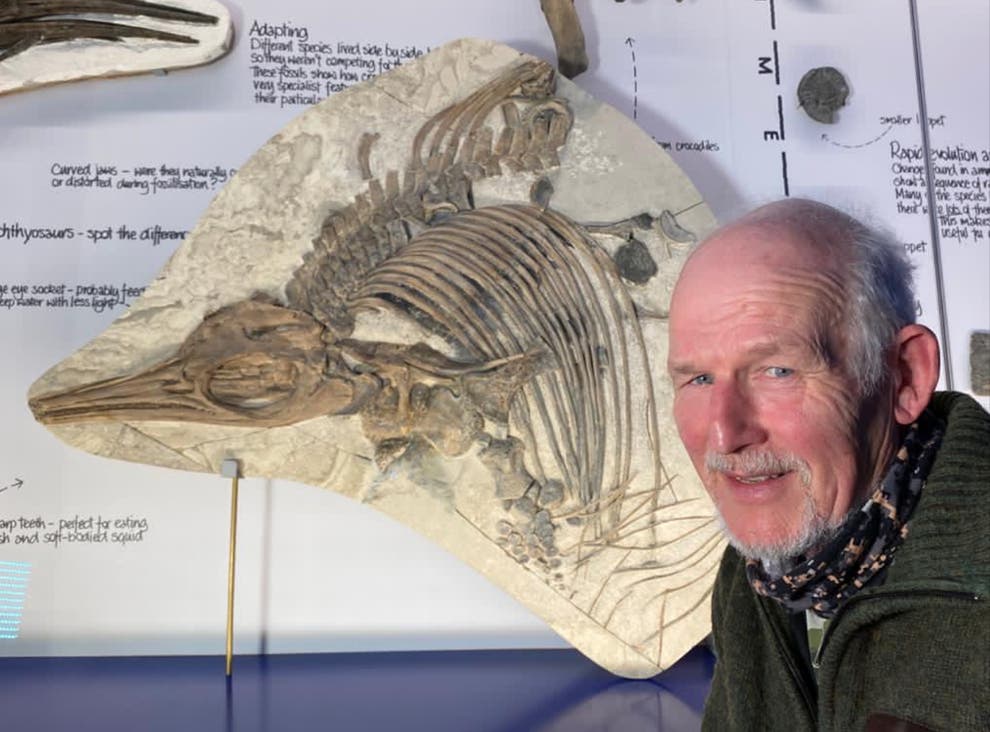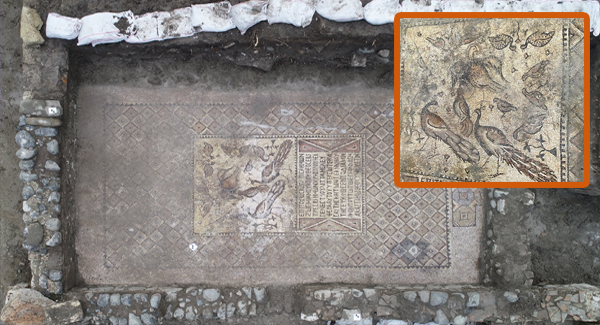For decades after the Apollo and Luna missions, the moon concealed its mysteries as humanity shifted its focus to other planets. The Soviet Union’s last sample return in 1976 marked the end of an era. Then, suddenly, the lunar race reignited. SpaceX rockets pierced the skies, NASA launched the Artemis program, and China ventured into uncharted lunar territory. Rumors swirled about peculiar findings on the moon’s far side. What lies beneath the lunar dust, and why is everyone returning?
To provide context, China’s lunar exploration began in the 2000s. The China National Space Administration (CNSA) initiated a methodical plan, launching Chang’e orbiters and landers named after the moon goddess to study our closest celestial neighbor. Combining science and strategy, China emerged as a space power. Chang’e-1, launched in 2007, was China’s first lunar orbiter, creating a 3D map of the moon’s surface and detecting helium-3 in the regolith, hinting at resource ambitions. Chang’e-2, launched in 2010, used high-resolution cameras to survey landing sites, flying just 9 miles above the surface to verify terrain safety. In 2013, China achieved its first soft landing with Chang’e-3 in Mare Imbrium, deploying the Yutu rover—the first lunar landing since 1976. Yutu carried an ultraviolet telescope, the first lunar observatory of its kind.
In 2019, Chang’e-4 made history by landing on the moon’s far side, a feat no other nation had accomplished. Initially a backup for Chang’e-3, it targeted the Von Kármán crater within the South Pole-Aitken Basin, one of the solar system’s largest impact structures. The far side, hidden from Earth’s radio signals, had remained unexplored due to communication challenges. China solved this with the Queqiao satellite, positioned at the Earth-Moon L2 point in 2018, enabling constant contact with the far side. Chang’e-4’s landing commands were relayed through Queqiao, and its Yutu-2 rover rolled onto the surface 12 hours after touchdown. NASA’s Jim Bridenstine praised the achievement, as Yutu-2’s cameras revealed a cratered landscape unseen by human eyes, with a thicker crust and fewer lava seas than the near side, raising questions about the moon’s geological differences.
China’s missions uncovered exotic materials and resources, notably helium-3, a rare isotope abundant in lunar soil, deposited by solar wind. Potentially fueling nuclear fusion, helium-3 could provide clean energy on a massive scale. In 2020, Chang’e-5 discovered a new mineral, Changesite-(Y), containing helium-3 traces. Just 1.4 ounces of helium-3 could match the energy of 5,000 tons of coal, with estimates suggesting over a million tons exist in the lunar regolith—enough to power Earth for millennia. China’s orbiters and rovers have been mapping helium-3 distribution, fueling speculation of a lunar energy race.
Unexpected discoveries also emerged. In 2019, Yutu-2 spotted a shiny, gel-like substance in a crater, sparking online speculation about volcanic glass or meteorite melt. Analysis revealed it as breccia—soil and rock fused by a meteorite impact, rich in minerals like olivine and pyroxene. This glassy patch echoed Apollo samples but offered new insights into the far side’s violent history. Additionally, Chang’e-4 carried a biosphere experiment with soil, seeds, and insect eggs. In January 2019, a cotton seed sprouted—the first plant to grow on another planetary body. Though it died during the lunar night’s extreme cold, the experiment proved life could grow in lunar conditions, a step toward future lunar greenhouses.
China’s achievements sparked global interest and speculation. While NASA cannot directly collaborate due to U.S. law, scientists welcomed the data, and some proposed third-party cooperation. However, the far side’s secrecy fueled conspiracy theories about alien artifacts or hidden bases, amplified by discoveries like a cube-shaped “mystery hut” in 2021, later identified as a rabbit-shaped boulder. Strategic concerns also arose, with some suggesting China’s military ties hint at covert objectives, though no evidence supports this.
China’s successes have reshaped lunar exploration. The feasibility of a far-side base, enabled by relay satellites like Queqiao, promises radio silence for astronomy. Confirmed helium-3 and water ice deposits—detected by missions like Chang’e-5 and others—bolster prospects for lunar mining and sustainable bases. Water ice, especially at the poles, could provide drinking water, oxygen, and rocket fuel. China plans a robotic research station by the 2030s, potentially using 3D-printed lunar soil structures, and aims for a crewed International Lunar Research Station (ILRS) near the south pole, open to partners outside the U.S.-led Artemis Accords.
The U.S. Artemis program, backed by SpaceX and Blue Origin, targets a permanent south pole presence, with Artemis 3’s crewed landing delayed to around 2027. China plans taikonaut landings by 2030 using the Long March 10 rocket. Both nations eye strategic sites with sunlight and ice, raising tensions over resource rights under the 1967 Outer Space Treaty, which bans sovereign claims. Chang’e-6’s 2024 far-side sample return and upcoming Chang’e-7 and -8 missions will further explore polar ice and test resource utilization, laying the groundwork for the ILRS.
This new space race blends rivalry and cooperation. While NASA and CNSA cannot directly collaborate, European instruments on Chang’e missions bridge indirect ties. The moon, no longer a distant dream, is now a proving ground for sustainable exploration and resource extraction, with its secrets shaping humanity’s future.

